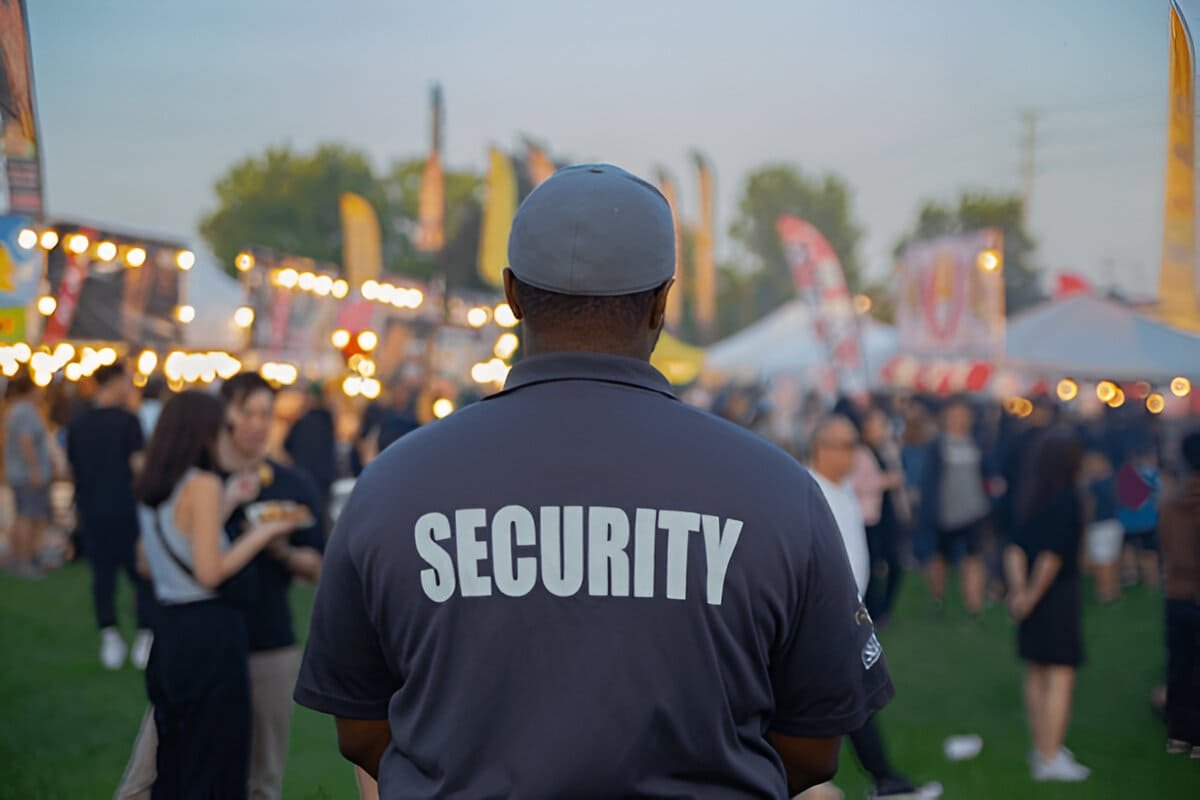Corporate events gather employees, executives, customers and other stakeholders at a single venue which makes them a prime target for security risks. If it’s a major conference or a launch of a new product or a retreat for executives the importance of safety is paramount. Security measures such as ID metal detectors and checks aren’t enough in the ever-changing threats.
To reduce risks efficiently Event organizers and security personnel need to adopt modern methods which combine intelligence, technology as well as strategic thinking. This blog outlines cutting-edge strategies to increase security for corporate events to ensure a secure and smooth experience for everyone who attends.
Why Corporate Event Security Matters
Security for events at corporate events isn’t only about bringing in a few guards to guard the door. It’s a comprehensive approach which protects venue entrances and the safety of your guests, as well as the reputation of your company. Consider it as creating a strong fortress on top of your company’s brand. Every aspect, from how you verify identification to the way you handle crowds can affect the confidence of everyone attending your event.
Key Challenges Facing Modern Events
Organising a corporate gathering below isn’t easy. The venues range across rooftops located in Sydney and remote conference centres located in outback. No matter where you are the threat of unauthorised access or disruptive behavior remains an issue. In addition, the present world is full of cyber-related security threats, cyberattacks, security breaches and theft of credentials are all possible when security measures are not implemented.
In addition, the local laws may differ from state to state. The measures to prevent fires as well as crowd capacity and licensing requirements can vary therefore it is essential to be up-to-date. Knowing these regulations will not only help avoid penalties, but also makes sure your event goes smoothly and everyone is secure.
Common Vulnerabilities at Corporate Gatherings
Before you begin to put your security strategy together it is recommended to study the most common vulnerabilities that occur during corporate events. For instance, a common vulnerability is found at check-in counters. If registrations are not properly managed the gatecrashers could be able to slip through, which could pose a threat to guest security. Another potential hotspot is between exits and entrances, where criminals can profit from the chaos created by crowds, especially if proper supervision isn’t in place.
Also, don’t overlook the world of digital. People who attend events often post images and updates via platforms such as Facebook as well as Twitter in real-time. The constant stream of updates could accidentally reveal the sensitive information like events’ schedules, VIP attendance & even personal information. When you recognize these possible issues, you can implement the appropriate procedures in place to keep more control.

Emerging Risks and Trends
The threat landscape is constantly changing as the technology advances, therefore being prepared is essential. For instance drones are becoming more prevalent at events, and could bring new privacy and surveillance issues. In the same way, sophisticated hacking techniques can attack Wi-Fi networks used at events and expose attendees for identity theft.
A new concern is the AI-enabled security breaches. Criminals are now using algorithms to use machine learning techniques in order for them to penetrate security weaknesses more effectively. Be aware of the latest developments can help you identify and eliminate the threat before it causes harm.
How Are Security Requirements Evolving?
Safety requirements within Australia are constantly evolving to keep up with the latest issues. Organisers and venues now go beyond simple security measures and are embracing digital security measures like encryption and real-time analytics on video. Additionally the insurance policies as well as legal structures are becoming more detailed, which means that organisers must prove they’ve done all they can to safeguard the attendees.
There is also an increasing focus on collaboration with the community. Local councils, police along with event managers are working together to streamline permissions and identifying issues. This collaboration helps you better coordinate, ultimately providing a robust, broad-based security for every event.
Cybersecurity for Hybrid and Virtual Events
With the increasing virtual & hybrid corporate events security, is a growing security issue. Hackers could try to interfere with live streams, take sensitive information, or gain access to private meetings.
To protect digital events, organizers must implement:
- End-to-end encryption for video conference platforms.
- Multi-factor authentication (MFA) to prevent; the unauthorized access.
- Secure VPNs: for remote visitors accessing sensitive data.
- Security teams dedicated to IT to watch and deal with cyber-attacks in real-time.
Regular security audits and penetration tests can aid in identifying weaknesses prior to their being used to attack.
Behavioral Analysis and Undercover Security Personnel
There are many threats that cannot be identified by technology alone. Security personnel trained in behavioral analysis are able to identify possible threats through the analysis of their body language, nervous behaviour or any unusual behavior.
Security guards disguised as the crowd offer an extra layer of security. They can be discreet when there is a disturbance, without creating panic among the attendees.
Conclusion and Future Outlook
Corporate event security melbourne has evolved far beyond basic checkpoints and uniformed guards. Through the integration of AI-driven surveillance, biometric access control, cybersecurity, in addition to proactive threats intelligence companies can secure their environment that does not compromise the experience of attendees.
A multi-layered security strategy that is complemented by well-trained staff and emergency preparedness, will ensure that events run smoothly for corporate clients while protecting people as well as sensitive information. As the threat landscape continues to change and evolve, security strategies must be adapted to stay in front of threats is crucial to the successful management of events




